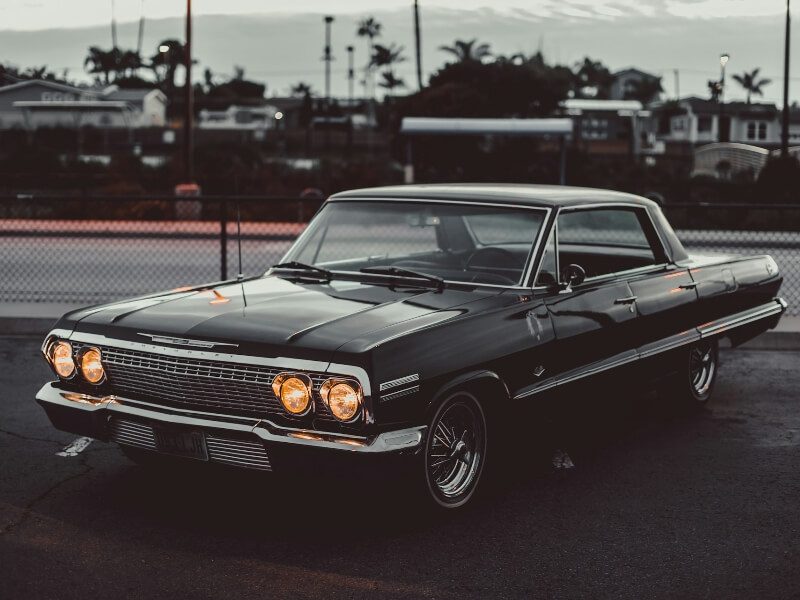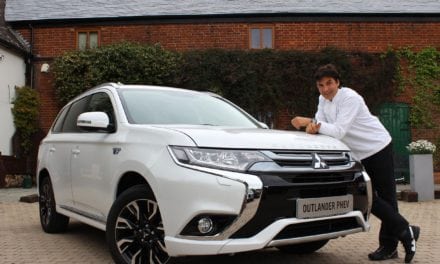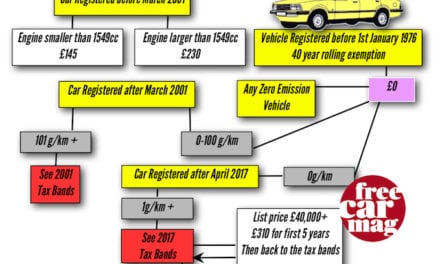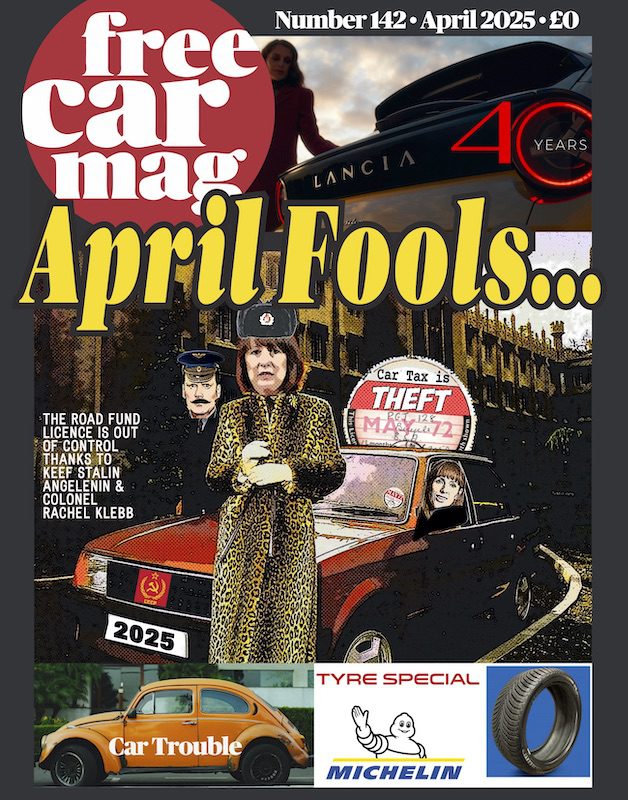Inheriting a classic car is an exciting experience, but it also comes with big decisions. Whether you see it as a valuable asset or a passion project, what you do next will determine its long-term worth. A well-maintained vintage car can turn heads at shows or become a rewarding restoration journey.
But before you jump behind the wheel, it’s crucial to handle the paperwork, assess its condition and plan for proper care. Taking the right steps now will help you protect its history and make the most of your new automotive treasure.
1. Assess Its Condition and History
Before making any big decisions, give your classic car a thorough inspection. Look for visible damage, rust spots or missing parts that could impact its condition and value. Pay special attention to common trouble areas like the undercarriage, wheel wells and door panels.
Next, check the vehicle identification number (VIN) to verify the car’s authenticity and history. You can use the NHTSA’s VIN decoder to uncover key details like its original build plant and country of manufacture.
If you have access to maintenance records, original documents or notes from the previous owner, review them carefully. These records can provide valuable insight into past repairs and modifications.
2. Secure Proper Documentation
Once you’ve inspected your classic car, you must transfer the title and registration to your name according to your state’s laws. This process may require proof of ownership and a bill of sale. Keep in mind that federal regulations require vintage vehicles to undergo inspection during registration or renewal to determine if they are unsightly, unsafe, improperly equipped, or unfit for public roads.
If your car qualifies, consider applying for classic or antique vehicle status, which can come with benefits like lower registration fees and relaxed emissions requirements. Lastly, it’s a good idea to get a professional appraisal to determine the car’s market value, especially if you’re thinking about insuring, selling or restoring it.
3. Evaluate Restoration and Maintenance Needs
Now that your classic car is officially yours, it’s time to decide what you want to do with it — restore, modify or preserve it in its original condition. If you plan to restore it, create a detailed list of necessary repairs, from mechanical fixes to cosmetic touch-ups.
Even if the vehicle isn’t running, routine maintenance is still important. For example, you must change the oil every six months — or every 3,000 to 5,000 miles — even if you’re not driving it regularly to prevent sludge buildup and engine wear. Likewise, finding a reputable mechanic or restoration expert who specializes in classic cars is crucial. They can help assess what needs to be done and guide you on sourcing original parts and maintaining authenticity.
4. Consider Insurance and Storage Options
Protecting your vintage car starts with choosing the right insurance plan. Standard auto insurance might not offer enough coverage for the true value of a vintage vehicle, so it’s worth looking into classic car insurance instead.
These policies often provide agreed-value coverage, meaning your automobile is insured for its appraised worth rather than depreciating over time. However, keep in mind that classic car insurance won’t cover your vehicle if you use it for daily driving or fail to store it securely.
Store your car in a climate-controlled garage to prevent rust, mold and temperature-related wear. If it will be sitting for an extended period, use a high-quality cover to protect the paint and keep it on jack stands to prevent flat spots on the tires and reduce strain on the suspension.
Maintenance Tips for Older Cars
Owning a classic car means staying on top of maintenance to keep it running smoothly and looking its best. Here are three essential maintenance tips to help preserve your ride:
• Prevent rust before it starts: Moisture is a vintage car’s worst enemy. Store yours in a dry garage, wash it at least twice each month and apply rust-inhibiting treatments to vulnerable areas.
• Keep fluids fresh: Older engines rely on regular oil, coolant and brake fluid changes. Even if you don’t drive the vehicle often, change the oil regularly to keep the engine lubricated.
• Protect the battery: If your car sits for long periods, the battery can lose charge or corrode. Use a trickle charger to maintain its life and periodically check for corrosion on the terminals to ensure a reliable start.
Challenges of Owning a Classic Car
Owning an antique car comes with unique challenges. You might have to hunt through specialty suppliers or salvage yards to find original components, which can get pricey. Unlike modern vehicles, your vintage ride lacks airbags, ABS and stability control, making it riskier to drive. Fuel efficiency isn’t great either — many classics burn more gas and require premium or leaded fuel alternatives.
If you ever plan to sell, timing is everything. Market trends, consumer preferences and economic downturns can all impact your car’s value, so staying informed can help you make the right move at the right time.
Preserving the Legacy of Your Classic Car Takes Time and Care
Take the time to understand your new-to-you car’s history, condition and potential before making any major decisions. Thoughtful planning and proper care will ensure its legacy lives on, whether you choose to restore, drive or pass it down to the next generation.
b>Author Bio: Oscar Collins is the editor-in-chief of Modded. He has over five years of experience writing in the auto space, having published with Automotive News, Carwash and InAutomotive. Follow him on X @TModded for frequent updates on his work.












